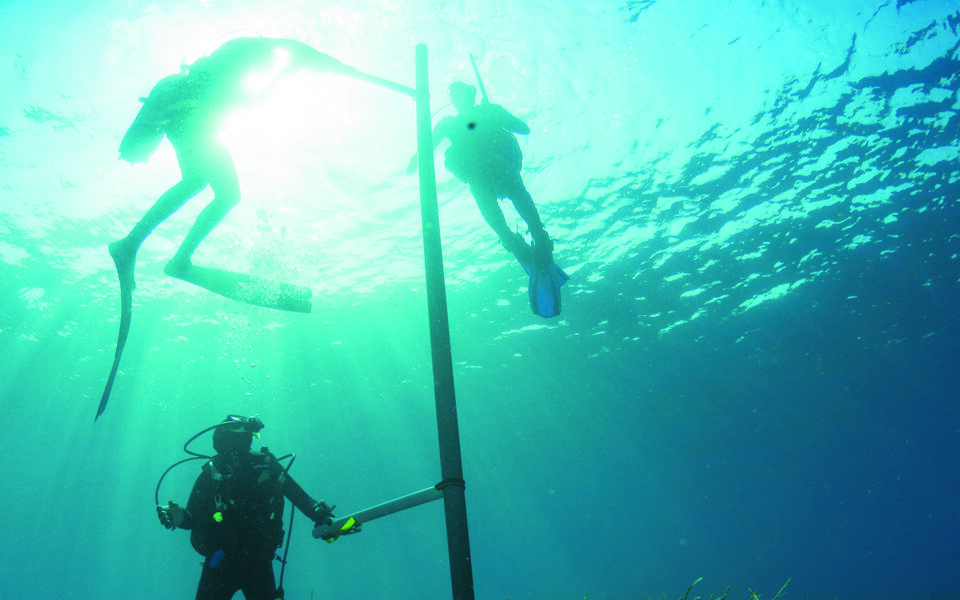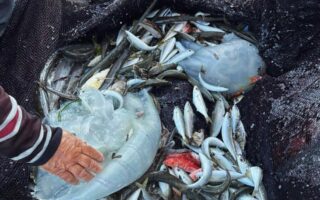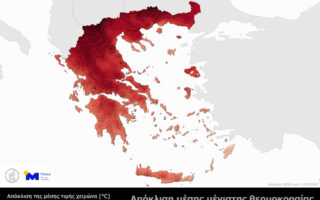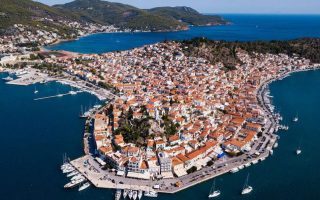Save seagrass meadows, HCMR study says

If Greece takes steps to stem the destruction of its meadows of Neptune grass (Posidonia oceanica) in the Southern Aegean alone, it could reach 37% of its greenhouse gas emissions absorption target by 2030, a study spearheaded by the Hellenic Center for Marine Research has found.
Greece has an estimated 2,600 square kilometers of this valuable seagrass, an extremely effective carbon sink.
“The ‘blue carbon’ is stored in the sediment of sea meadows, which, especially in the case of Neptune grass, form impressive underwater landscapes. They sequester the carbon produced by the plants themselves, as well as carbon from other sources,” Eugenia Apostolaki, HCMR’s principal researcher, tells Kathimerini.
The study’s findings come from an analysis of 42 sea meadows.





